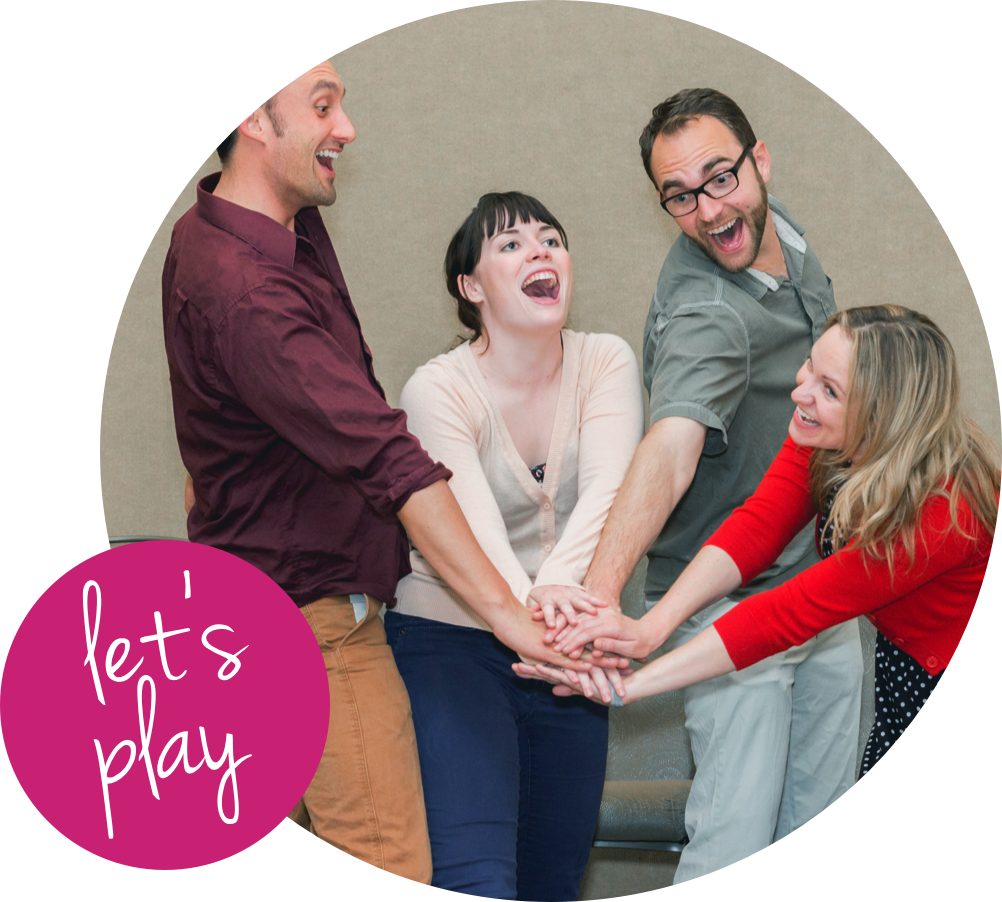‘Silence is golden’. Leaders throughout the ages have looked to quiet for insight, experiencing what Emily Dickinson called “an appetite for silence”. We can use intentional time without sound to manage stress and transition between roles in daily and work life.
Similarly, sound can be used as a play tool to fuel productivity when we play music in an intentional way. Noise, on the other hand – can be overwhelming, especially when we are bombarded with sounds we aren’t aware or in control of. The word “noise” actually comes from a Latin root for meaning queasiness or pain.
People who live in consistently noisy environments often experience chronically elevated levels of stress hormones. Found during the time of rising urbanity in the mid 20th century, epidemiologists hypothesized correlations between high blood pressure and chronic noise areas like highways and airports.
Later research links persistent sound to chronic stress hormones, which lead to increased rates of sleep loss, heart disease, and tinnitus (ringing in the ears). It’s this line of research that hatched the 1960s-era notion of “noise pollution,” a name that refashions sounds of urban life as toxic, given their long-lasting negative effects.
More recent human physiology research sheds some light on the power of silence. Carving out time for silence can have a tremendous effect on our ability to relax in a deep and rejuvenating way. In silence, our parasympathetic nervous system activates, allowing for rest & digest activities like digestion and cell differentiation to happen.
In 2006, during the physician Luciano Bernardi’s study on the physiological effects of music on the brain, the power of silence was revealed by accident. The research team surprisingly found measurable effects in blood pressure, carbon dioxide, and circulation in the brain during the time between tones.
Interestingly, the two-minute silent pauses in between proved far more relaxing than the “relaxing” music or a longer silence played before the experiment started. This rejuvenation effect that was catalyzed by silence seemed to be heightened by the contrast to the preceding tones before and after the pause.
Applying this to our “always on” American work culture, it’s easy to see the benefits that some contrasting rituals of silence could have on our ability to bring our A game to work at the times when it matters most.
The importance of silent restoration is rooted in our physiology. Human beings aren’t designed to expend energy continuously. Rather, we’re meant to pause, to pulse between spending and recovering energy.
Silence gives us time to integrate the information and experiences of the day. In 2013, in Frontiers in Human Neuroscience, Joseph Moran and colleagues found that when our brains rests quietly, we integrate external and internal information and experiences into “a conscious workspace.” Quiet time clears our headspace so that that we can be more fully present with the tasks at hand.
Even though it may seem like time resting your brain isn’t productive, in actuality, freedom from noise and goal-directed tasks give our brains time to actively reflect and organize information. With a commitment to a practice of silence, we can make more connections between disparate events and information, leading to more creativity and impactful contributions to our teams and our loved ones.
The Importance of Music
Just as silence has proven to be essential for to bolster productivity, so too music been found to boost productivity and connectivity in our relationships.
Listening to music at home has been found to provide a nexus for intimacy in relationships, a method for self-regulating mood, and inspiration for movement.
A recent study was conducted by smart speaker manufacturer Sonos in partnership with Apple Music and neuroscientist, Daniel Levitin—the guy who literally wrote the book on how music affects our brains. Sonos polled 30,000 music listeners to find what effects music has on their lives. In addition, the researchers conducted an immersive study in 30 homes. One week music was not played, and the next week families played music of their choice. This intensive part produced some astonishing results.
“The average distance between household members decreased by 12% during the in-home study. In the U.S., housemates (usually family members), spent four and a half more hours together with music playing than without it. With music on, people were 33% more likely to cook together and 85% more likely to invite people over. They were 15% more likely to laugh together and 18% more likely to utter the words “I love you.”
At work, too, research has shown that music, especially when chosen by the individual, can have positive effects for efficiency, energy, focus, and mood.
Curating your soundscape is advantageous because, in biological terms, melodious sounds help encourage the release of dopamine in the reward area of the brain. Dr Teresa Lesiuk, an assistant professor in the music therapy program at the University of Miami, found that because music improves focus and therefore mood, productivity increases among workers who listen to music. “When you’re stressed, you might make a decision more hastily; you have a very narrow focus of attention,” she said. “When you’re in a positive mood, you’re able to take in more options.”
This Sonos study confirmed the notion by finding that, “When music was playing, respondents were 24% less irritable on average and felt 25% more inspired. In general, participants reported a 16% increase in positive feelings overall when listening to music.
More and more, families and teams of people at work are mindfully designing routines with silence and hand-picked music to regulate moods and energy levels.
How can we curate sounds in our work environment and throughout our work days to optimize energy levels, moods, and the quality of our relationships?
Where can you use music as a transitional element between tasks and between roles to foster full presence when we arrive?
Moments of quietude and complete solidarity with a no-noise space-time are crucial for for integrating the brain’s experiences and rejuvenating our physiology. When we do this, we are better able to be effective at work and in touch with our thoughts and decisions.
In addition, music is a versatile and portable tool that can be a catalyzing force for increased focus, better moods, and deeper connectivity in both professional and personal relationships.
At Ziksana, to activate your culture to use play to fuel productivity, here are some suggestions to get you started.
Practical Tips for Professionals:
- Schedule in dedicated moments of silence. Start with a timed 5-minute increment. Let plans and goals fall to the wayside for these 5 minutes while you sit in silence, bringing your attention back to your breath.
- Practice this 2 times a day, at the same time and place every day:
- In the morning: First thing at your desk or in an office conference room
- In the evening: In your car before turning it on to go home or in your driveway
- Practice this 2 times a day, at the same time and place every day:
- Build playlists for your drive to and from work to see the effects on your focus and mood
- We like Ratatat and Rodrigo y Gabriela – 11:11
- Inspire relaxation and presence with mellow but upbeat instrumental music at home
- We like Phil Cook & his Feat – Hungry Mother Blues and Random Rab
- Inspire movement and groove in your body and your thought progression when you do chores
- We like The Black Keys
- Get ready to participate in a meeting or work event with a playlist of songs you love to sing to. This will warm up your vocal chords to get you ready to actively contribute your point of view.
- We like George Ezra and Florence + the Machine


















